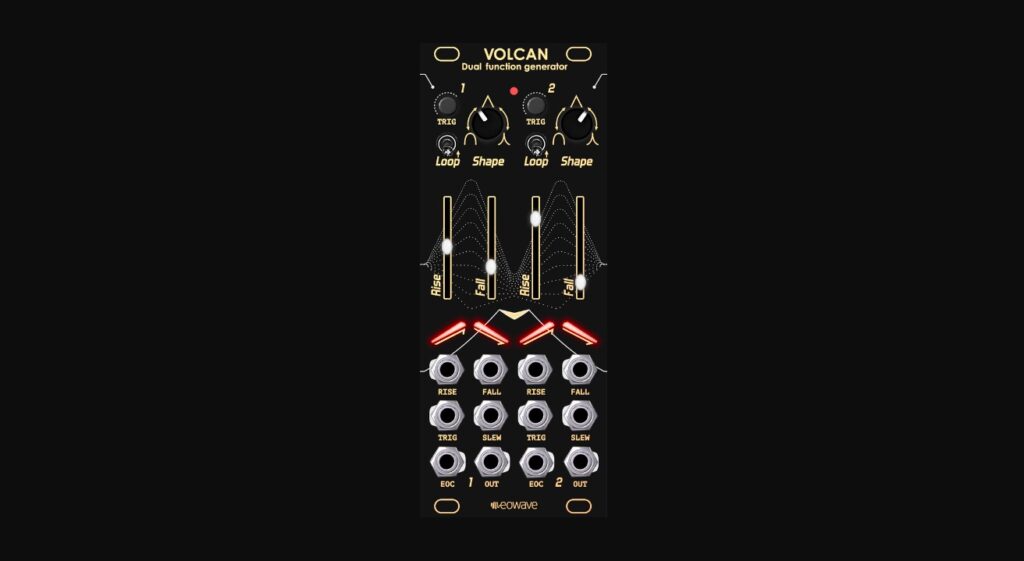June 2024 Eurorack round-up
This month’s best new Eurorack releases include a trimmed down classic from Make Noise, signal processors from Eowave and Mystic Circuits, and an update to Befaco’s excellent MIDI Thing.

The name of Make Noise’s PrssPnt gives you almost everything you need to know about this versatile little module. Imagine a single channel of the iconic Pressure Points module and you’re 90% of the way there. A single touch-sensitive pad in 4hp format, the PrssPnt is a really user-friendly way into hands-on control of modulation. The conductivity of your fingertips becomes part of the circuit, generating control voltages and gate signals based not only on when you touch the printed pad on the front panel, but also based on how hard you press it.
The PrssPnt is incredibly straightforward to use and just as effective. While you do miss out on the ‘sequencing’ aspect of the Pressure Points – the ability to set up multiple tuned voltages and trigger them by hand – the PrssPnt distils the organic control element of the larger module into its purest form and takes up very little space. A bargain at under £100.

We’ve seen quite a few new function generators recently and it seems like people are increasingly becoming aware of how handy these versatile modules can be. Eowave’s Volcan takes a nice straightforward approach. Two channels give you control of looping or triggered CV generation, with control over the shape of the curve as well as the time of the rising and falling sections.
The most obvious applications of the Volcan are as an envelope generator or LFO, but with CV control over most parameters you can also create some really interesting modulation sources. In fact, cross modulating one channel with the other allows you to get really complex. Simple, straightforward and effective.

The updated ANA 2 module from Mystic Circuits is, in the designer’s words, a cross-modulation powerhouse. The ANA 2 is an analogue Boolean logic module, which may not sound particularly exciting unless you get your thrills from maths lessons, but the practical applications are a lot more interesting. By combining two voltage sources – modulation signals, pitch CV, gates or audio – the ANA generates an output.
In practical terms, that means you can do all sorts of things including mixing, cross-fading, ring modulation, wave shaping and a lot more. This second-generation version benefits from the aforementioned wave shaping outputs as well as ‘multiplication’ CV inputs and LED level indicators. At just under £200, it’s an appealing little package to get started with logic processing.
Greg Scarth